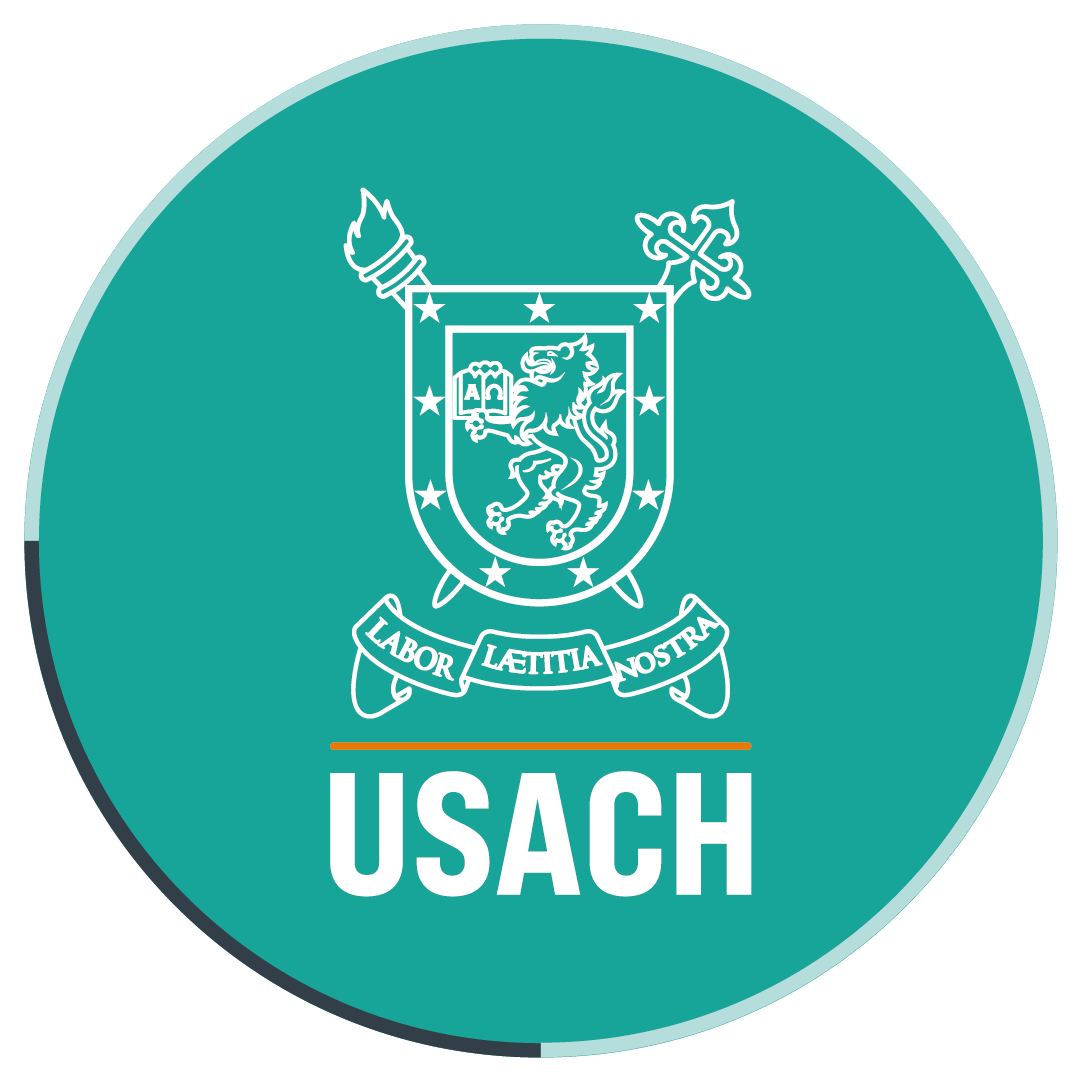Professor at the Department of Physics inquiries into the composition of the universe’s dark matter
- Dr Paola Arias, together with her research team, will search for signals of new particles in cosmological observations and lab experiments, in the context of a Fondecyt Regular project 2016. Currently, there are independent efforts worldwide oriented to this search; the team’s goal is to propose new and better detection techniques.
The search for new particles has been in the general interest for a long time. The most popular example in this field of study is the Large Hadron Collider (LHC), the world’s largest particle collider that allows studying the elements which are part of the matter that forms the Universe. However, the mysteries hidden in the vastness of the Cosmos are countless, like the ones in the “dark sector”, which is formed by particles that cannot be easily observed, because they do not interact with our detectors; we only see their gravitational effects, as in the case of dark matter.
“Our project will look for particles different from the ones than one may expect to find in the LHC, as they would distinctively have a very little mass. Currently, there are independent efforts worldwide oriented to this search, but our goal is to propose new and better detection techniques,” Dr Arias explains. The research team in charge of this Fondecyt Regular project (1161150) “Looking for signatures of a hidden sector” is made up of scientists from Argentina, Germany, Spain and Switzerland.
According to professor Arias, their work is based on observational evidence in this field of study that suggests that the Universe has a higher content of particles if compared to what we see now. She explains that this information has led to the formulation of different theoretical models on the properties of these new particles and predictions about how we could watch them.
“Technological progress has been possible thanks to the knowledge and understanding of the world around us,” she adds. “Particle Physics is a basic science and its purpose is to understand the Universe where we live in. For now, we cannot measure how this will contribute to society. As we still have not learned about the intrinsic nature of these new particles, we do not know how they can be a contribution in the future. Undoubtedly, understanding the Universe is a question that has fascinated mankind since its origins.”
For Dr Arias, being part of the Department Of Physics at Universidad de Santiago de Chile has been a great experience. "The level of the research work at the university is very high and we expect to continue strengthening it,” she concludes.
Translated by Marcela Contreras

